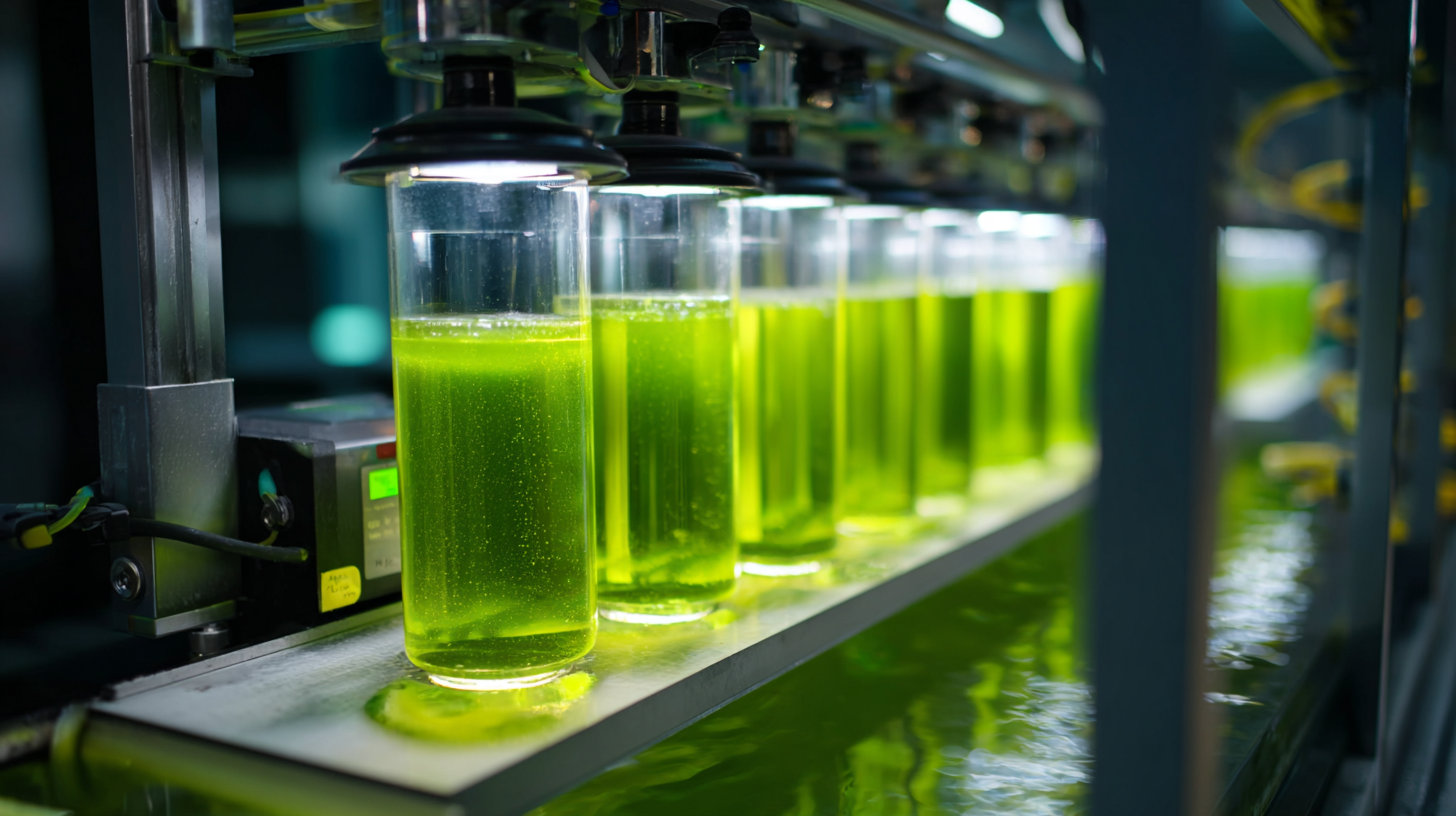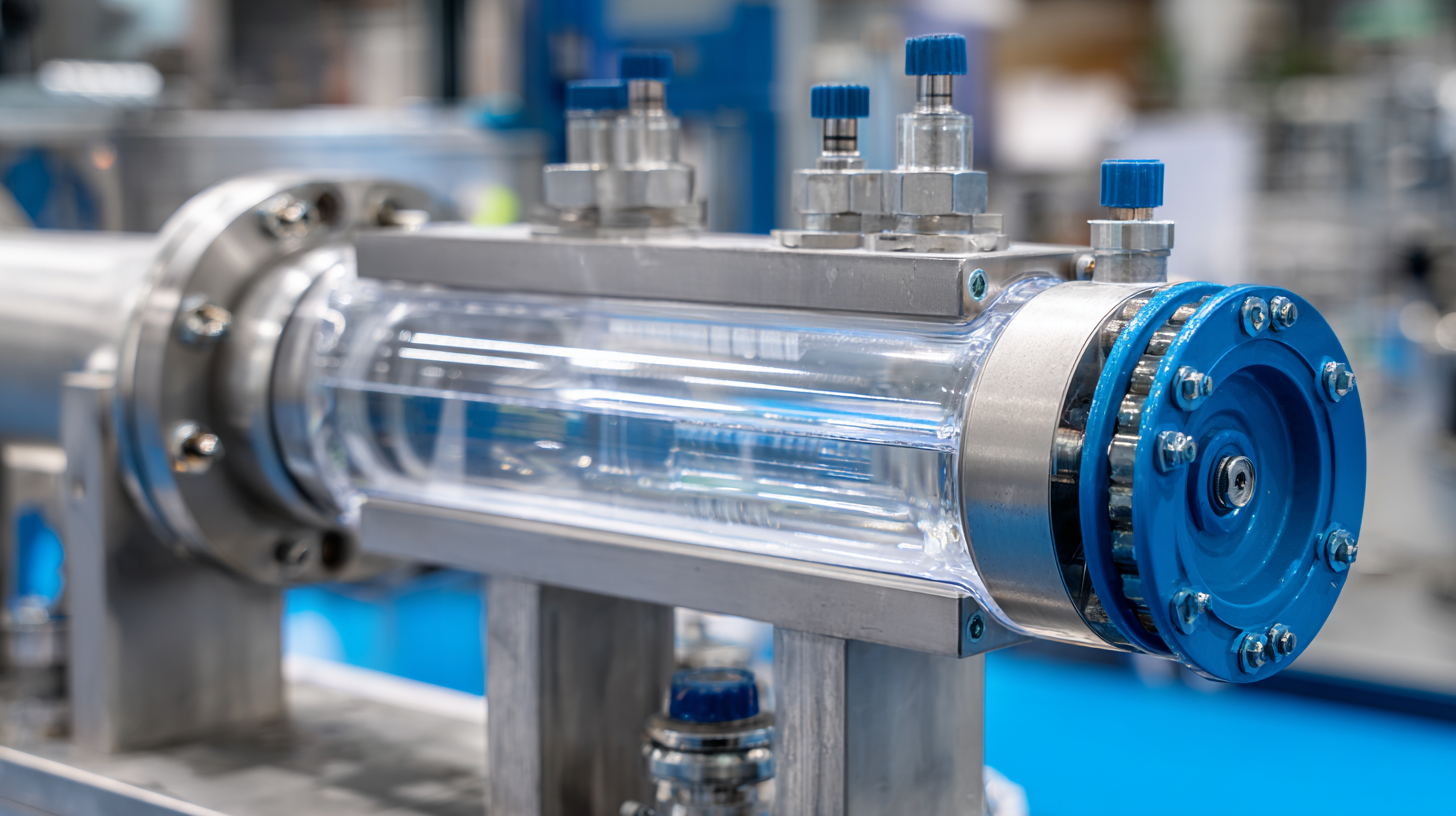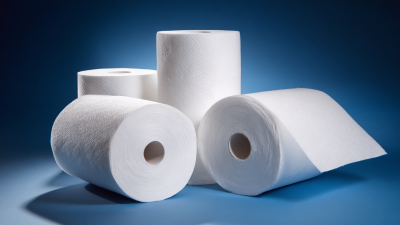
Leave Your Message
-
 CONTACT WhatsApp
CONTACT WhatsApp -

-

-
 CONTACT NUMBER
CONTACT NUMBER -
 CONTACT EMAIL
CONTACT EMAIL





The water purification industry is undergoing a significant transformation, driven by innovations in filter media that are essential for achieving a sustainable future. According to a report by Global Market Insights, the water filtration market is expected to surpass $30 billion by 2027, highlighting the rising demand for advanced filtration technologies.
 Filter media play a critical role in this evolution, as they determine the efficiency and effectiveness of water treatment processes. New materials, such as bio-based and nanotechnology-enhanced filter media, are emerging, offering improved contaminant removal and reduced environmental impact.
Filter media play a critical role in this evolution, as they determine the efficiency and effectiveness of water treatment processes. New materials, such as bio-based and nanotechnology-enhanced filter media, are emerging, offering improved contaminant removal and reduced environmental impact.
Furthermore, with the increasing emphasis on sustainability and regulatory pressures, the adoption of innovative filter media is set to revolutionize traditional water purification methods, aligning with global efforts to ensure clean and safe drinking water for all. The integration of these advanced solutions presents a unique opportunity for industry stakeholders to contribute to ecological preservation while meeting the pressing needs of the growing population.
Advanced filter media have become integral to eco-friendly water treatment solutions, responding to the urgent need for sustainable practices in the face of growing water scarcity. According to a report by MarketsandMarkets, the global water treatment market is projected to reach $1.8 billion by 2025, with innovations in filter technology playing a crucial role. These advancements focus on enhancing the efficiency of pollutant removal while minimizing energy consumption and chemical usage, fostering a more sustainable approach to water purification.
One of the key innovations in filter media is the development of bio-based and biodegradable materials. These alternatives not only provide effective filtration but also reduce environmental impact compared to traditional synthetic media. A study published in the Journal of Cleaner Production reveals that using bio-nanocomposites can achieve up to 95% contaminant removal rates while decreasing waste generated during the filtration process. As industries increasingly adopt these innovative materials, the potential for scaling eco-friendly water treatment solutions becomes more viable, paving the way for a sustainable future in water management.

Innovative materials are reshaping the landscape of water purification, significantly enhancing filtration efficiency and longevity. Advanced filter media, such as nanofibers and bio-inspired materials, are now being utilized to tackle pollutants with unprecedented effectiveness. According to a recent report from the Water Quality Association (WQA), advancements in filtration technology have led to a 30% increase in removal rates of harmful contaminants like heavy metals and pathogens compared to traditional methods. This progress is crucial as the global demand for clean water surges, with estimates suggesting that by 2025, two-thirds of the world's population could face water shortages.
Furthermore, the durability and sustainability of these new materials are impressive. For instance, polyvinylidene fluoride (PVDF) membranes are noted for their lifespan, lasting up to 10 years while maintaining high filtration performance. A study from the National Institute of Environmental Health Sciences highlights that these innovative materials not only reduce the frequency of replacements but also lessen waste, contributing to a circular economy approach in water purification systems. As these technologies continue to evolve, they promise a sustainable future where clean water is accessible and efficiently managed, ensuring both environmental protection and public health.
Sustainable manufacturing processes play a pivotal role in advancing modern water purification media. By leveraging eco-friendly materials and innovative production techniques, manufacturers can significantly reduce the environmental footprint of water treatment systems. These methods prioritize the use of renewable resources, often incorporating biodegradable or recyclable components that minimize waste and energy consumption throughout the production lifecycle.

Moreover, sustainable manufacturing practices not only enhance the efficiency of purification media but also improve their effectiveness in removing contaminants. For instance, new filtration materials are being developed using nanotechnology and bio-based polymers, offering superior performance while being environmentally benign. The integration of such cutting-edge technologies into the manufacturing process ensures that water purification solutions are not only highly effective but also aligned with global sustainability goals, helping to safeguard the planet’s water resources for future generations.
Recent advancements in filter media have led to transformative changes in water purification methods, yielding promising real-world applications that demonstrate their effectiveness. One notable success story comes from a rural community in India, where the introduction of bio-inspired filter media has significantly improved access to clean water. These innovative filters, mimicking natural filtration processes, utilize layers of biomaterials and activated carbon to remove contaminants, ensuring safe drinking water for hundreds of families who previously relied on polluted sources.
Another inspiring example is seen in urban settings, where smart filter technologies are being integrated into existing water supply systems. In San Francisco, a pilot program deploying nanomaterial-based filters showed remarkable efficiency in removing microplastics from the municipal water supply. The implementation not only enhanced water quality but also raised public awareness about pollution issues. Such initiatives highlight the crucial role that innovative filter media play in addressing global water challenges, paving the way for sustainable practices and improved health outcomes in communities worldwide.
Emerging technologies in water filter media are reshaping the landscape of water purification methods, making them more efficient and environmentally friendly. One notable innovation is the growing market for PTFE filter membranes, projected to reach a value of $20.738 million by 2024, with substantial growth expected in the following years. These membranes offer superior chemical resistance and high filtration efficiency, making them a preferred choice for various applications in water treatment.
Additionally, the ceramic membrane industry is gaining attention as a sustainable alternative in water filtration. Manufactured from materials such as alumina and zirconia, ceramic membranes boast a robust structure and impressive durability. The micro-porous nature of these membranes enables effective separation processes driven by the pressure differential across the membrane wall. As the focus shifts toward sustainable practices in water treatment, ceramic membranes are poised to become a key player, addressing the increasing demand for advanced filtration technologies. The synergy between these innovations signals a transformative shift in how water purification methods are approached, contributing to a sustainable future.
| Technology | Material Type | Efficiency (%) | Sustainability Rating | Emerging Trend |
|---|---|---|---|---|
| Membrane Filtration | Polymer-based | 95 | High | Nanotechnology integration |
| Granular Activated Carbon | Activated Carbon | 90 | Medium | Regeneration processes |
| Ceramic Membranes | Ceramic | 98 | Very High | Long lifespan |
| Biological Filtration | Natural Materials | 85 | High | Eco-friendly |
| Electrostatic Filtration | Synthetic Fibers | 92 | Medium | Integration with AI monitoring |






